Technology

5 min
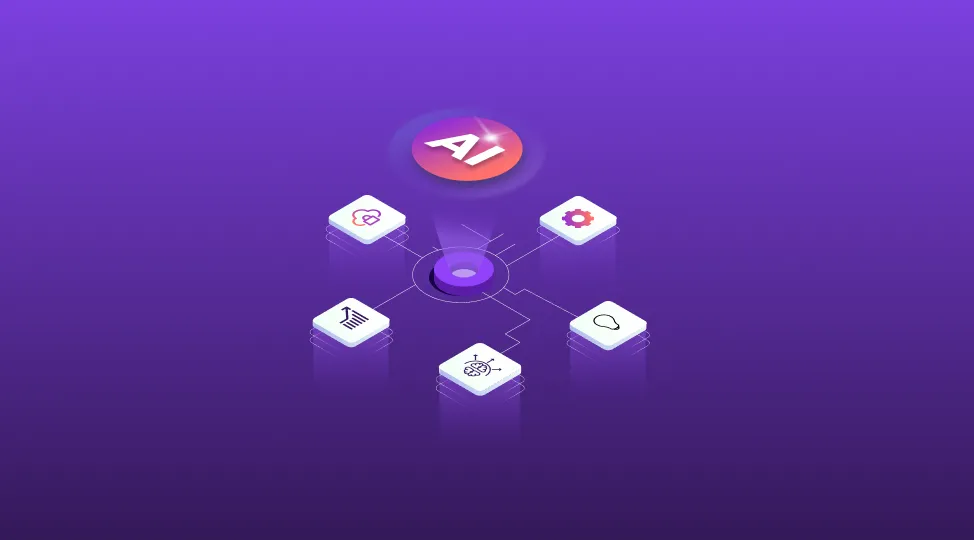
Explore top AI agent frameworks and how to use them in real-world workflows. Learn core components, multi-agent orchestration, RAG, and enterprise use cases across healthcare, insurance, and supply chain. Get a selection checklist, compliance (HIPAA/SOC 2/GDPR), and a pilot plan.

By Garima Saxena
26 Aug, 2025
Imagine your business workflows running on their own. They make wise choices in real time based on what’s happening without waiting for someone to act.
This is what an AI Agent can do. It acts like an autonomous team member. With the help of strong frameworks, it brings intelligent automation into real-world business tasks.
You don’t need to start from zero. AI agent development frameworks help you move faster, automate better, and unlock real business results without the heavy lifting.
In this guide, you’ll learn:
AI agents are autonomous systems that think, plan, and act on their own. They don’t just answer questions like simple chatbots.
Instead, they break tasks into smaller steps, use tools and APIs, access memory, and apply AI language models to complete complex workflows.
Because these agents work without human input, they need strong support behind the scenes. That’s where AI agent frameworks come in. These frameworks provide the tools to build, manage, and scale AI agents for real-world applications.
For example, frameworks often include:
As a result, teams can automate more, respond faster, and reduce manual effort.
Recent data backs this up. According to some sources:
Choosing the right AI agent development framework is not just a tech decision. It’s a business strategy. With the right tools in place, companies can scale automation, improve outcomes, and stay ahead of the curve.
AI agents are intelligent programs built to handle tasks without needing human help. They start by planning a clear set of steps to solve a problem or meet a goal. From there, they take action on their own.
These autonomous AI agents work across a single platform. They fetch data, call APIs, interact with other systems, and even connect with other agents if needed.
As they work, they analyze results, store helpful information in memory, and learn from feedback. This way, they improve over time.

Because of their complexity, building agents from scratch can be slow. Developers often use Python or JavaScript—but there's a better way. By using an AI agent framework, teams can build and scale faster.
That’s because these frameworks provide key building blocks:
As a result, businesses can focus more on innovation and less on infrastructure. Instead of building everything manually, they use these agentic AI platforms to launch smart solutions faster and at scale.
To build effective AI agents, you need the right foundation. A good AI agent framework includes all the tools an agent needs to think, act, and improve.
Let’s go over the key parts and what they do.
| Component | Function |
|---|---|
| Agent Architecture | This is the brain of the system. It decides how the agent plans and responds. Some use goals to guide decisions. Others follow rules or conversation flows. Architecture shapes how the agent thinks and takes action. |
| Environment Interface | Agents need to interact with the world around them. This interface connects them to apps, devices, or platforms. As a result, agents can receive data and respond to users in real time. |
| Task Management | To get things done, agents need to plan and organize tasks. This component handles that. It also tracks progress and adjusts steps if goals or feedback change. |
| Communication Protocols | Agents often need to talk to people or other systems. These protocols help them send clear messages, share data, or request help. That makes teamwork and integration much easier. |
| Memory Systems | Agents should not forget what happened five minutes ago. Memory helps them store facts, past actions, and user input. This makes future actions more accurate and keeps conversations smooth. |
| Tool Integration | Agents work best when they connect to external tools. APIs let them pull in data or trigger other systems. For example, they might update a CRM, check a calendar, or fetch records from a database. |
| Monitoring & Debugging Tools | Things don’t always go right. Monitoring tools help teams see what agents are doing. Logs and reports make it easier to fix problems, test changes, and improve results over time. |
Why These Components Matter
Each part supports smart automation. When they work together, agents can perform complex tasks, reduce manual work, and respond faster. For any business, that means better outcomes and real value.
💡 Suggested Read: How to Build Agentic AI Systems – Frameworks, Tools & Tips
As AI evolves, agent frameworks are becoming more powerful and easier to use. These systems no longer handle just basic tasks. Instead, they support full-scale orchestration across teams and tools. Below is one of the most effective frameworks for real-world use.
CrewAI is an open-source framework. It helps you build and manage teams of AI agents that work together on business tasks.
Unlike simple bots, CrewAI agents follow clear roles. They act like real team members with specific duties. This design enables them to work together, much like human departments within a company.
Easy-to-Understand Roles
In CrewAI, every agent has a role. For example, one agent may act as a researcher, while another may work as a strategist. Each agent understands its task and goal. This approach makes their actions more focused and valuable. You don’t need to write complex code to define each role. Instead, you describe what each agent should do using natural language. This makes it easy for non-technical teams to set up and test agents quickly.
Task-Based Workflows
Agents in CrewAI follow task-based workflows. This means that:
For instance, let’s say you want to analyze stock market data. You could set up:
These agents work together to complete the task, much like how a real business team would.
Works with Many LLMs
CrewAI supports many large language models (LLMs), such as:
This gives you the freedom to choose the AI model that fits your business goals.
Smarter with RAG (Retrieval-Augmented Generation)
CrewAI also supports RAG. This allows agents to pull live data from documents, APIs, or knowledge bases. As a result, your agents can give more accurate and valuable results.
Why Choose CrewAI?
In short, CrewAI lets you build helpful AI agents without extra complexity. Whether you want to automate a single process or create an entire AI-powered team, this framework gives you the tools to do both simply and effectively.
AutoGen is an open-source framework by Microsoft. It helps teams create advanced AI systems made up of multiple agents. These agents use large language models (LLMs) and can work together through conversations.
Teams of Specialized Agents
Instead of using one large AI model for everything, AutoGen allows you to build many smaller agents. Each agent has a role. For example, one can plan, another can write, and a third can review.
This structure improves output quality. It also reflects how real teams operate.
AutoGen supports:
As a result, you can solve complex problems faster.
Natural Language Makes Setup Easy
You don’t need to write heavy code. Agent behaviors can be defined using plain prompts. Because of this, even non-technical teams can get started quickly. At the same time, technical users still get complete control.
This balance between ease and depth makes AutoGen a flexible solution.
Works with Your Existing Tools
AutoGen supports many popular models, such as:
It also connects with tools and APIs. That means agents can pull data, run functions, or work with live information during conversations.
This helps keep your outputs current and relevant.
Design Your Workflow, Your Way
AutoGen allows agents to communicate with each other in various ways. You can:
This flexibility speeds up testing and makes real-world deployment easier.
Where It’s Used
Because of its structure, AutoGen works well for both short tasks and ongoing operations.
Why Businesses Choose AutoGen
In summary, AutoGen is ideal for businesses looking to build robust, collaborative AI systems. It helps you move from isolated tools to complete agent-based workflows that align with your real goals.
LangGraph is an open-source tool built on top of LangChain. It helps developers build multi-agent AI systems that remember past actions and handle complex tasks.
The framework makes it easy to design workflows using a graph structure. This gives developers more control and flexibility.
Easy Workflow Design
LangGraph uses nodes and edges to build workflows. Each node performs a task using a language model. Each edge controls the flow of information.
This structure makes it simple to:
As a result, your AI agents become more innovative and more reliable.
Memory That Works
Unlike simple prompt chains, LangGraph allows agents to keep memory. They remember past conversations and decisions. This helps them respond better in longer workflows.
For example, you can use memory in:
Since agents don’t forget, users get more accurate and helpful results.
Works with Any AI Model
LangGraph supports many popular AI models, including:
It also connects with tools, APIs, and databases. Because of this, agents can use real-time data and give better answers.
Smarter Agent Coordination
LangGraph helps you manage multiple agents at once. It supports:
This makes it easier to fix issues and improve system performance over time.
Best Use Cases
LangGraph is ideal for:
If your system needs memory and teamwork, LangGraph is a great fit.
Why Businesses Choose LangGraph
With LangGraph, you can build more intelligent AI workflows that adapt, learn, and scale with your business needs.
Superagent is a powerful framework designed for building and deploying production-ready AI agents. It allows developers to create modular, reusable agents that integrate into complex workflows with ease.
Modular and Event-Driven Design
Superagent follows a modular architecture. Each agent responds to specific triggers and external events. As a result, it enables dynamic automation across various use cases. This event-driven design also supports scalable integrations with external systems.
Ready-to-Use Templates Speed Up Development
To help teams move faster, Superagent provides a library of pre-built agent templates. These templates support everyday use cases such as retrieval-augmented generation (RAG), summarization, and data enrichment. Instead of starting from scratch, teams can deploy these templates and iterate quickly.
Hosted or Self-Hosted Infrastructure Options
Superagent offers flexibility in how it is deployed. Teams can choose either a fully hosted version or run it on their own infrastructure. This setup includes:
Built-In LLM and Tool Integration
Superagent supports a wide range of tools and models. It integrates with:
These integrations allow agents to complete tasks like fetching data, generating content, or interacting with other systems in real time.
Enterprise-Ready Features for Real-World Use
Superagent is designed for businesses. Therefore, it includes everything needed to run AI agents reliably at scale. Key capabilities include:
Ideal Use Cases
Superagent works well in several real-world scenarios. For example:
MetaGPT is a tool that helps you build software using AI agents. These agents act like real team members. Each one has a specific job, like a manager, developer, or tester.
Agents That Act Like People
Each agent has a clear role. The Product Manager agent collects ideas and documents the requirements. The Engineer agent writes code. The QA agent checks the work. All agents work together like a real software team.
Clear Steps for Better Results
MetaGPT uses simple step-by-step rules. These are called Standard Operating Procedures (SOPs). SOPs help agents stay on track. They also reduce mistakes and improve the final output.
Build Complete Projects with AI
You can use MetaGPT to build software. It helps agents:
You can even build full products or MVPs without much effort.
Easy to Set Up
MetaGPT is easy to use. You can set it up with simple files like YAML or JSON. Once you set the roles and tasks, agents start working by themselves.
Works with Many AI Tools
MetaGPT supports many popular AI tools, such as: GPT-4 Claude Gemini Custom APIs You can choose the one that fits your work best.
Where You Can Use MetaGPT
MetaGPT works well for:
LlamaIndex helps large language models (LLMs) use your external data. It works as a smart middle layer. This makes AI answers more accurate and useful. You can connect models like GPT, Claude, or LLaMA to real-world data.
Bring All Your Data Together
You can easily connect LlamaIndex to many sources, including:
It works with both structured and unstructured data. You can use real-time syncs or set up a fixed schedule. This is helpful when your data lives across many platforms.
Smarter Search and Indexing
LlamaIndex gives you powerful tools to organize and search your data. It supports:
These tools help you break down large data sets. As a result, your AI agents can provide more accurate answers.
Works with RAG and Agents
LlamaIndex supports Retrieval-Augmented Generation (RAG). This means your AI agent can:
You can also connect it with tools like LangChain, AutoGen, or CrewAI.
Flexible and Easy to Extend
You can plug LlamaIndex into most AI setups. It works well with:
It fits right into your existing systems with little setup.
Best Use Cases
LlamaIndex is great for:
Semantic Kernel is an open-source tool from Microsoft. It helps developers build AI agents by combining memory, logic, and language models. You can use it with popular languages like Python, C#, and Java.
How It Works: Plugin-Based System
Semantic Kernel uses a plugin approach.
This setup makes it easier to add AI to existing apps.
Intelligent Agents with Memory and Planning
The framework gives agents the power to remember and plan.
As a result, agents can think ahead and improve over time.
Easy Integration with Vector Databases
Semantic Kernel connects easily with:
These tools help agents make better decisions by giving them access to relevant context.
Supports Any LLM or Platform
You can use Semantic Kernel with:
It works across cloud, mobile, and desktop apps. Plus, it includes tools for debugging and monitoring.
Fits Well into Existing Tools
Semantic Kernel also works with tools like:
It comes with sample notebooks and templates so that you can get started quickly.
Use Cases
TensorFlow Agents (TF-Agents) is an open-source library from Google. It helps developers build, train, and deploy reinforcement learning (RL) agents with ease. Designed to run on TensorFlow 2.x, the framework supports both research and production needs.
Built on Modular Components
TF-Agents offers a highly modular API. You can mix and match components to create custom RL pipelines. These include:
As a result, teams can move from prototyping to scaling without rewriting core logic.
Supports Real and Simulated Environments
You can use TF-Agents in various environments. For example:
This flexibility makes it ideal for robotics, simulation, and interactive systems.
Production-Ready Features
TF-Agents includes features tailored for enterprise-grade deployment. These include:
These features ensure your RL systems are reliable, scalable, and maintainable.
Interoperable with LLM Tools
Although TF-Agents is not built specifically for LLMs, it supports hybrid integrations. For instance, you can:
Use Cases
TF-Agents supports a wide range of use cases:
ChatDev is an experimental multi-agent framework designed to simulate the operations of a software company—powered entirely by AI agents. It leverages role-based LLM agents (e.g., CEO, CTO, programmer, tester) to collaboratively design, develop, and document software, mimicking real-world team dynamics.
Role-Specific Agent Design
ChatDev features agents with distinct responsibilities such as:
These agents communicate via message-passing, enabling coordinated planning and execution.
Closed-Loop Software Development
The entire software lifecycle is covered:
Agents iterate through multiple feedback cycles, simulating human-like collaboration workflows.
Open-Ended Task Execution
ChatDev is particularly useful for:
Extensibility and LLM Support
Use Cases
OpenDevin is an open-source autonomous agent framework designed to emulate a software engineer’s workflow. It enables AI agents to plan, code, execute, and debug software tasks in a controlled development environment, simulating real-world engineering workflows without human intervention.
Developer-Focused Agent Simulation
OpenDevin empowers LLM-based agents to:
Agents are given a sandboxed environment where they reason and execute code just like a junior developer would.
Multi-Modal Workspace
OpenDevin uses a GUI-based workspace with:
This makes it highly transparent and suitable for debugging or teaching environments.
Flexible LLM Integration
OpenDevin supports:
This flexibility enables teams to select the most effective models for their workflow, striking a balance between cost, latency, and accuracy.
Ideal Use Cases
RASA is an open-source framework for building and deploying intelligent, contextual AI assistants. It gives developers complete control over data, logic, and deployment — ideal for privacy-focused and enterprise-grade chatbot solutions.
Modular NLU + Dialogue Engine
Privacy-First and Fully Customisable
Multilingual, Multichannel
Top Use Cases
Promptflow by Microsoft is a developer-first tool designed to streamline the creation, testing, and deployment of prompt-based AI workflows. It focuses on enabling fast iteration, evaluations, and CI/CD integration for LLM applications.
Visual and Code-Based Interface
Promptflow supports:
This dual-mode interface enables teams to move quickly while maintaining fine-grained control.
Built-in Prompt Evaluation
Promptflow includes native support for:
This is essential for iterating high-quality prompt workflows in enterprise environments.
Seamless Integration
Best-Fit Use Cases
Transformers by Hugging Face is an open-source library that provides a unified interface to state-of-the-art pretrained models for natural language processing (NLP), computer vision, and beyond. It serves as the backbone for many AI agents, copilots, and custom LLM-based applications.
Thousands of Pretrained Models
The Transformers library offers:
These models can be fine-tuned for tasks such as summarization, Q&A, translation, and reasoning.
Agent Integration & Tools
Transformers are widely used to:
They also support token streaming, GPU acceleration, and quantisation.
Highly Extensible
Use Cases
AI agent frameworks form the foundation for scaling intelligent systems efficiently, reliably, and securely. Here's how they deliver enterprise value:
AI agent frameworks automate app development tasks, such as orchestrating integrations and defining prompt structures.
They allow teams to focus on solving business problems rather than infrastructure design. According to McKinsey’s 2024 AI Adoption Report, teams that use frameworks deploy use cases 1.5× faster than those that manually code workflows.
They reduce deployment cycles from months to weeks—driving faster ROI.
Instead of building one-off agents, enterprise teams can create modular, reusable reasoning blocks—such as task planners or decision trees—that support multiple agents.
These blocks work like microservices: composable, callable, and testable. Businesses can scale AI across departments without duplicating work.
Reuse = lower costs + faster iterations + consistent performance
AI agent frameworks automate logic-heavy operations, from customer service triage to supply chain issue handling.
They reduce dependency on human operators and boost throughput with:
Teams can shift focus to strategic priorities, while agents handle the routine.
With built-in memory and context retention, AI agents make informed decisions using previous interactions and customer data.
This leads to:
Enterprise AI must behave deterministically—frameworks ensure that.
Pre-built modules for planning, memory, and API access eliminate redundant development and lower long-term costs.
Think of it as low-code for autonomous AI—tech teams move faster, and business teams stay agile.
AI agent frameworks often include infrastructure for:
They help engineering, operations, and compliance teams co-design agents safely and collaboratively.
Modern frameworks support plug-and-play integration with:
They ensure agents embed directly into your stack, not in isolation.
Enterprises must comply with regulations. Frameworks offer: Monitoring tools
Action logs
Debugging and rollback features
They’re essential for GDPR, HIPAA, SOC 2 compliance, and resolving real-time issues.
Frameworks support component upgrades, such as LLMs, vector databases, and planning tools, without requiring the rewriting of workflows.
They evolve with the AI ecosystem, ensuring long-term flexibility.
Off-the-shelf AI is fast to adopt—but hard to differentiate. Frameworks let you:
They give enterprises a competitive edge through tailored automation.
Before you pick a framework, align it with your business goals and project needs. The right choice depends on the complexity of the task and how you plan to use it.
Start by mapping what the AI agent will do.
Use clear boundaries:
Example:
In a support system:
This planning step ensures that your system is scalable and works with real-world data and teams.
When using a multi-agent system, your agents often connect to external APIs. These APIs may access sensitive user data. That’s why security cannot be an afterthought.
Always choose an AI agent framework that offers built-in privacy and security features.
Key things to check:
Make sure the framework follows best practices in data governance. Especially if your business handles regulated or confidential information, this step is critical.
Match the tool to your team’s skill level.
No-code platforms speed up prototyping. Full-code frameworks offer power and flexibility for production systems. Choose based on your use case and team capabilities.
Make sure the AI agent framework fits into your existing tech stack. It should work well with:
Next, look at deployment options. Ask these key questions:
When a framework integrates smoothly with your infrastructure, your team avoids blockers and your project moves faster from proof of concept to production.
Monitor your application’s performance actively, especially in real-time or high-volume environments. In these cases, performance can directly impact business outcomes.
Here’s what to evaluate:
Finally, plan for the future. As your operations grow and your use cases become more complex, choose a framework that scales horizontally—across regions, departments, and workflows—without requiring a significant overhaul.
This guide explores AI agent frameworks that help businesses build intelligent systems for automating workflows. Unlike basic chatbots, AI agents can plan, adapt, and make decisions on their own without constant human supervision. They use tools and APIs to complete complex tasks across systems.
These frameworks offer key features like memory, planning, and task management, which improve efficiency and boost return on investment.
You’ll find benefits such as:
The guide covers top frameworks like CrewAI, AutoGen, and LangGraph, and explains how to choose the right one based on:
Generative AI Implementation Strategy: From Concept to Deployment (Step-by-Step Guide)
By Sannidhya Sharma
5 min read
How to Design a Web App: From Wireframes to Working Prototype
By Dhruv Joshi
5 min read
How Much Does Generative AI Development Cost in 2026?
By Dhruv Joshi
5 min read
How to Build an AI Adoption Roadmap That Ensures Measurable ROI
By Garima Saxena
5 min read
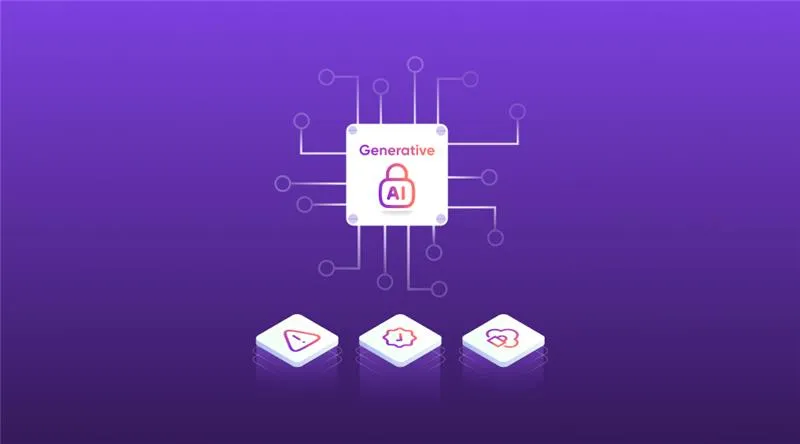
Technology

7 min
Generative AI is moving fast into enterprises, from banks to hospitals to government agencies. Adoption is rapid, but security planning lags. Unlike traditional systems, these models can be exploited through prompt injection, poisoned data, or manipulated to leak sensitive information. They are also misused for phishing, deepfakes, and malicious code.

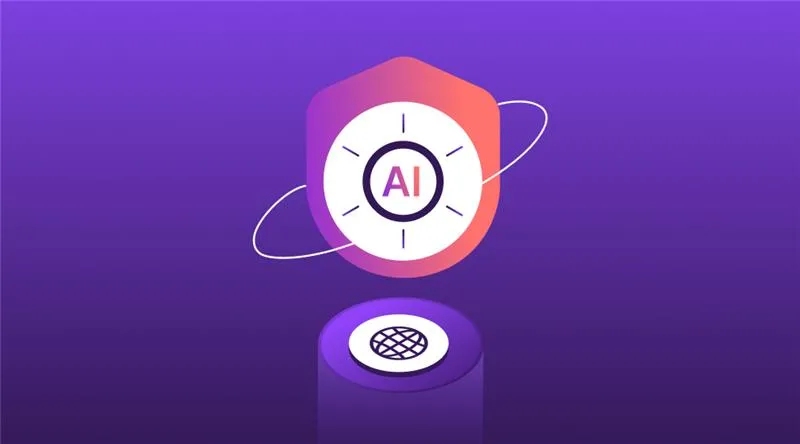
Technology

7 min
AI-powered Web Application Firewalls (WAFs) go beyond static rules by using machine learning, anomaly detection, and predictive analysis to block zero-day threats, reduce false positives, and protect APIs at scale. Unlike traditional WAFs, they self-learn, adapt in real time, and cut operational costs while improving compliance and trust.

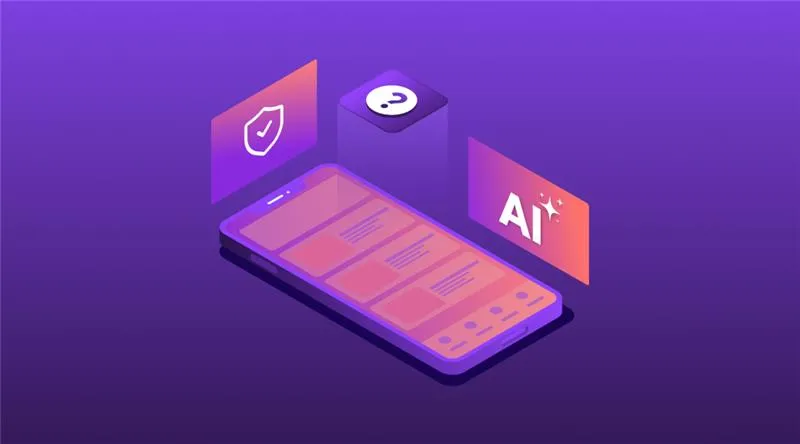
Technology

5 min
AI is redefining mobile app security by transforming how threats are detected, tested, and prevented. From continuous monitoring and fraud detection to compliance with regulations, AI ensures apps remain resilient against modern risks. This means safer apps, protected users, and stronger businesses. Investing in AI-driven security today builds trust, drives growth, and secures long-term competitive advantage.

Feeling lost!! Book a slot and get answers to all your industry-relevant doubts